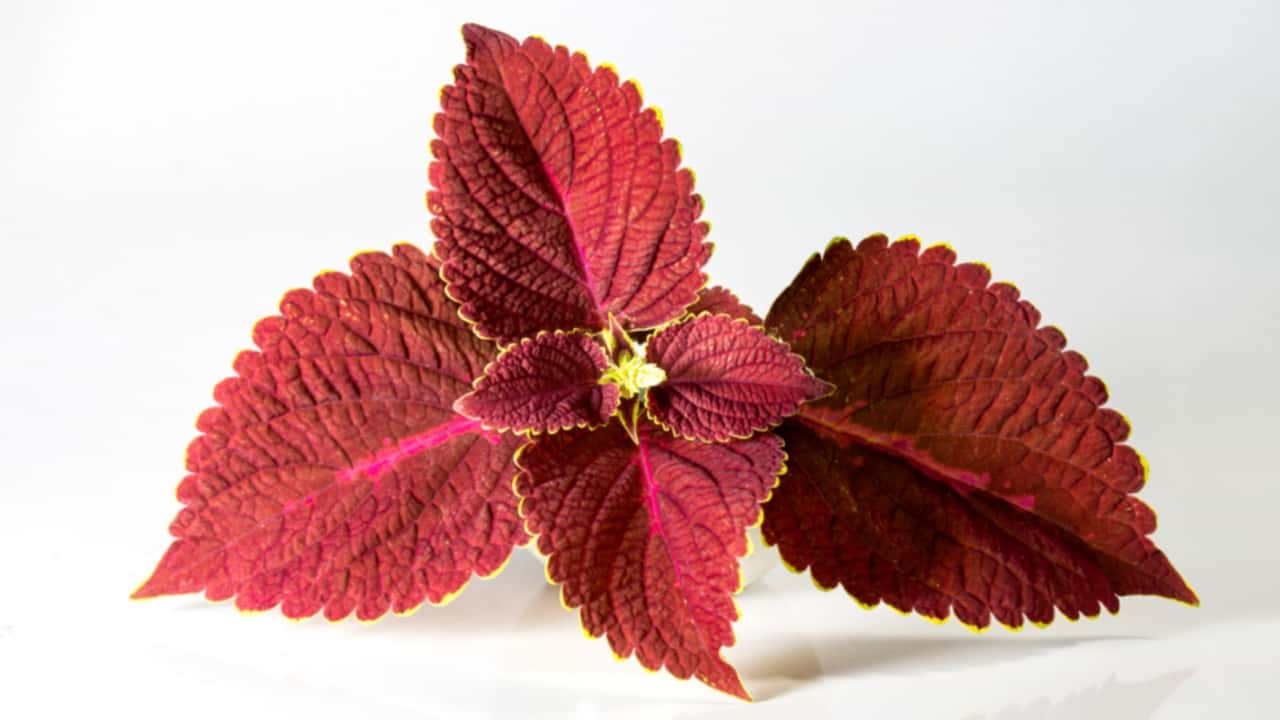Forskolin is obtained from the plant coleus. Coleus is grown in warm or subtropical temperate weather in Burma, India, and Thailand. The plant is peperennial in nature and the root is fleshy fibrous. In the various state of India, it is used as a condiment. The botanical source of the crude drug is the root of Coleus forskohlii synonym Plectranthus barbatus belonging to Family Labiatae. The marker constituent of the drug is forskolin (labdone diterpenoids). Other important phytoconstituents are deoxy forskolin, 1,9dideoxy forskolin, volatile oil (β elemene, humulene, β bisabolene). The drug is used as a hypotensive, cardiotonic and spasmolytic.

Extraction Methods of Forskolin
Method 1:
- Collect the tubers → washed and dried → pulverized into granules → extract the crude drug with methanol → concentrate the extract → add chloroform in concentrate and an equal volume of water → shake well → to allow the separate chloroform layer and concentrate the chloroform layer → Precipitate the forskolin by adding n-hexane (ice cold) into concentrate chloroform a reddish-brown powder of forskolin will get.
Method 2:
- Take root or tubers of the plant → dried to reduce the moisture 6% → charged the drug into extractor solvent → ethyl acetate or benzene poured into the extractor.
- Extract 2-3 hrs under 80o C temperature with 8-10 lbs/sq inch pressure and agitate for maximum extraction (60-70% in first extraction).
- Repeat 2-3 more washing with the same solvent.
- Distill off the solvent. A uniform consistency paste will be obtained.
- In this paste add pet ether 60-80o C (temperature 6-8o C with 2-3 times quantity of petroleum ether compare to paste) and agitate 200-250 rpm for half an hour.
- Filter the formed precipitate and wash it again with chilled petroleum ether and dry the precipitate.
- Concentrate the residual pet ether and chill at temperature 2-4o C for 10 hrs collect the precipitate and dry it. Combine both the precipitate which is forskolin.
Estimation of Forskolin
The drug is estimated with HPLC at constant temperature 30o C using photodiode detector 210 nm the retention time maybe around 6.9 minutes. The column was RP18 (150 x 4.6mm particle size 5µm) and methanol was used as a mobile phase.
- TLC-Mobile Phase – benzene: methanol (9:1)
- Stationary Phase: Silica gel 60F 254
- Detection: UV Cabinet (long range 365 nm)
Utilization
Forskolin (a diterpenoid compound) shows the hypotensive effect, positive inotropic action, and spasmolytic action. It is also reported for antiplatelet aggregation, antiglaucoma, anti-inflammatory, bronchodilator, increase pepsinogen and acid secretion. It is also recommended in congestive cardiomyopathy treatment and bronchial asthma. Forskolin derivatives are a more potent antiglaucoma agent.
Make sure you also check our other amazing Article on : Isolation of Podophyllotoxin
